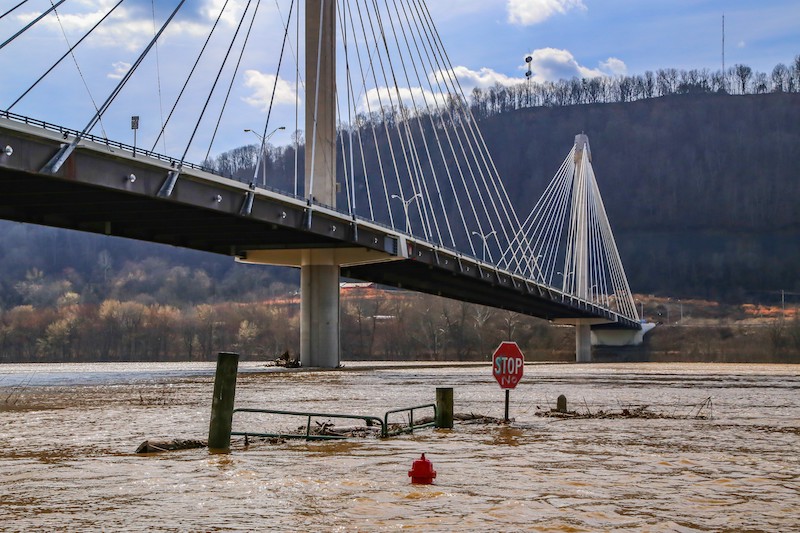In my 40-plus years on the river I have seen many things. But I don’t think I have ever seen as much rainfall and high-water conditions on the Ohio River as we have had in 2018 and early 2019.
We have experienced high water conditions and flooding on the Ohio before, but not for such an extended period of time. By December, parts of Kentucky had already received nearly 70" of rainfall.
In the Cincinnati area where my company operates, we recently had a stage of 56', which is four feet above flood stage (pool stage is 26'). At first glance, this might not sound so bad, until you learn that all of the flood gates on the Newport, Ky., side of the Ohio River have been closed for quite a while. Under these conditions, those who do business on the river side of the flood gates must scramble to get and maintain access over the flood walls. When the flood gates remain closed because of continuing high water conditions, it has a huge effect on our ability to operate.
What is different from the past and is rainfall the only culprit? Even with the record rainfall, I don’t think that rain by itself is the cause of our ongoing problem with high water. I think it is a combination of factors.
Could it be global warming? Possibly. Could it be that cities and counties along the river have changed the way they manage water flow? This is a distinct possibility. For example, the municipal water and sanitation districts in my area have undertaken major construction projects to repair and expand the infrastructure that handles storm runoff, thereby increasing the volume of rainwater reaching the river.
To further compound this situation, riverfront development has exploded in many cities, which contributes to increased runoff. Previously undeveloped land that would have absorbed rainfall now provides a fast lane for water runoff into the rivers.
I don’t have any real answers at this point, only questions. But I believe strongly that the inland river industry, along with government experts, must begin looking at this situation and decide how we can manage what seems to be a growing problem on the rivers.




